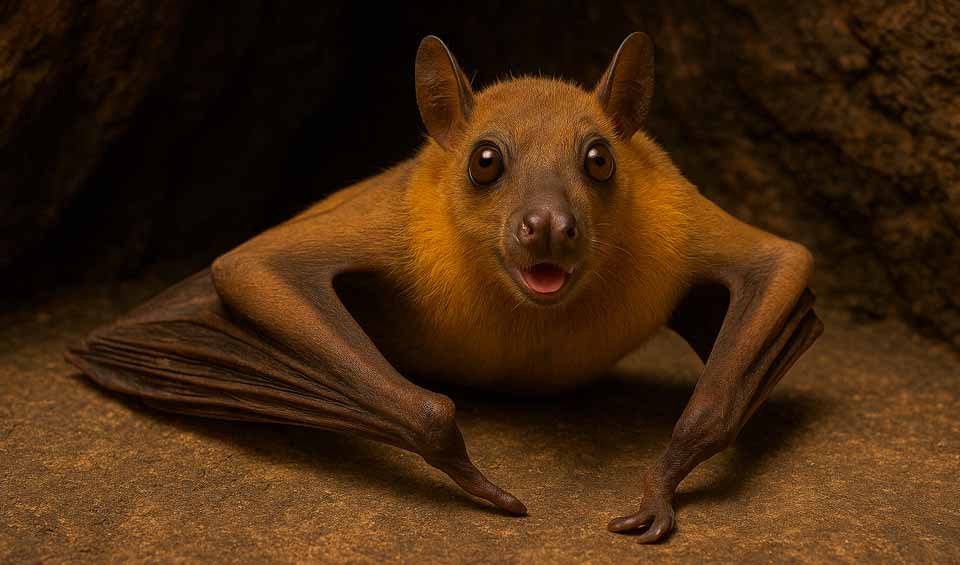Rousettus – Rousette bats
Inhabiting most of Africa to SE Asia, we are the only genus of megabats to use vocal echolocation
This genus is distinguished not only by its members’ ability to echolocate but also by their categorization as megabats due to their considerable size. Rousette bats are spread across a wide geographical range, inhabiting the islands of the South Pacific, vast stretches of Africa, and Southeast Asia, adapting to a variety of ecological niches within these regions.
Rousettus bats are divided into three sub-genera, together comprising a total of eight species. This classification underscores the diversity within the genus, reflecting variations in size, habitat preferences, and foraging behaviors. Despite being classified as megabats, known generally for their reliance on vision and olfactory cues for navigation and feeding, Rousette bats are exceptional in their echolocation capability. This ability allows them to navigate and forage in complete darkness, using sound waves to detect obstacles and locate food, primarily fruits, which makes them vital for pollinating and dispersing various plant species.
Echolocation in Rousette bats involves the emission of high-pitched clicks using their tongue, a method distinct from the laryngeal echolocation seen in microbats. This unique adaptation highlights the evolutionary ingenuity of Rousettus bats and their crucial ecological role in maintaining the health of their ecosystems. By facilitating the pollination of fruit-bearing plants and the dispersal of seeds, they contribute significantly to the regeneration of forests and the maintenance of biodiversity.
During periods of activity, Rousette bats exhibit communal behavior, roosting in large colonies within caves and tree canopies. These communal roosts serve as crucial sites for social interaction, mating, and rearing of young. However, the congregative nature of their roosting habits also makes them vulnerable to disturbances and habitat destruction.
In many cultures, these bats are hunted for food, a practice that, coupled with habitat destruction and the degradation of ecosystems, poses a significant threat to their populations. The slow reproductive rate of Rousette bats, characterized by lengthy gestation periods and the birth of a single offspring at a time, exacerbates the impact of these threats, making population recovery a slow process.
Species in this genus
Madagascan rousette
One of the few bat species in the world known to use both echolocation and vision to navigate
Egyptian fruit bat
They hold their food tightly and closely to their bodies while feeding, preventing the food from being stolen by other bats



